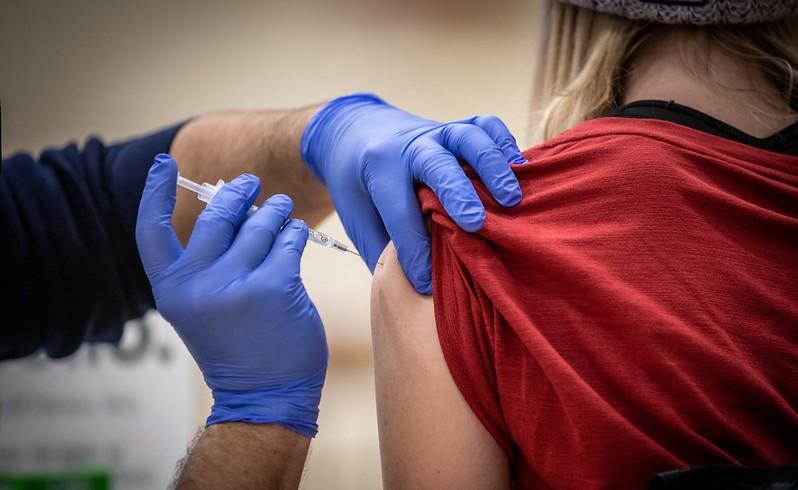A randomized clinical trial conducted in US and Canadian hospitals found that a skin antiseptic containing iodine reduced surgical-site infections in patients with fractured limbs by more than 25% compared with an antiseptic containing chlorhexidine gluconate, researchers reported last week in the New England Journal of Medicine.
The investigators say the results could prompt changes in the type of antiseptic used in surgery to repair simple fractures. While some guidelines favor chlorhexidine gluconate, previous studies comparing the antiseptics in other surgical populations had provided conflicting results.
"The results of this well-designed study provide some long overdue clarity to orthopaedic trauma surgeons with respect to which commonly used antiseptic skin preparation is more effective when preparing for fracture surgery," study co-author Todd Jaeblon, DO, of the University of Maryland School of Medicine, said in a university press release.
26% reduction in surgical-site infections
In the cluster-randomized trial, 25 US and Canadian hospitals were randomly assigned to use a solution of 0.7% iodine povacrylex in 74% isopropyl alcohol (the iodine group) or 2% chlorhexidine gluconate in 70% isopropyl alcohol (the chlorhexidine group) as an antiseptic before surgery to repair extremity fractures. Every 2 months, the hospitals alternated interventions. The primary outcome was surgical-site infection.
The trial included 6,785 patients with a closed fracture and 1,700 with an open fracture. In the closed-fracture population, surgical-site infection occurred in 2.4% of patients in the iodine group and 3.3% in the chlorhexidine group (odds ratio [OR], 0.74; 95% confidence interval [CI], 0.55 to 1.00). In the open fracture population, surgical-site infection occurred in 6.5% of patients in the iodine group and 7.3% in the chlorhexidine group (OR, 0.86; 95% CI, 0.58 to 1.27), but the difference was not considered statistically significant. The frequencies of unplanned reoperation, 1-year outcomes, and adverse events were similar in both groups.
The investigators say that, with more than 1 million fractured limbs treated surgically each year in the United States, using iodine povacrylex as an antiseptic could potentially prevent surgical-site infections in thousands of patients.
The results of this well-designed study provide some long overdue clarity to orthopaedic trauma surgeons with respect to which commonly used antiseptic skin preparation is more effective when preparing for fracture surgery.















